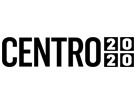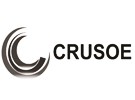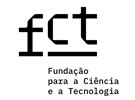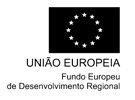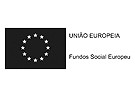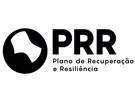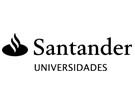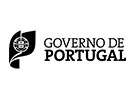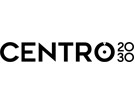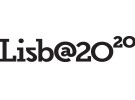



Publication in the Diário da República: Despacho nº 7835/2019 de 05/09/2019
6 ECTS; 1º Ano, 2º Semestre, 30,0 T + 30,0 PL , Cód. 60808.
Lecturer
- Cecília de Melo Correia Baptista (1)
- Catarina Margarida Duarte Belo Calado Brito (2)
(1) Docente Responsável
(2) Docente que lecciona
Prerequisites
Not applicable.
Objectives
The students must recognize: the microbial diversity and classification; microbial procaryotic and eucaryotic cell organization, morphology and growth patterns; microbial interactions and role in living systems and biotechnological production.
Program
1 - Introduction to Microbiology
Objectives and history. Insertion of microbial taxonomy in the context of living beings. Major groups of microorganisms, role and importance. Application areas.
2 - Characteristics of different groups of microorganisms
Prokaryotic microorganisms - bacteria and archaebacteria. Eukaryotic microorganisms - fungi and protists (algae and protozoa). Virus - constitution, classification and replication.
3 - Nutrition, growth and reproduction of microorganisms
Nutritional requirements and types. Input of nutrients. Multiplication and death of a microbial population. Generation time and growth rate. Quantitative evaluation of growth. Limiting factors and control. Bacterial metabolism.
4 - Applied Microbiology
Characterization of different microbiological systems - water, soil and air. Food Microbiology. Industrial Microbiology. Prerequisites industrial processes. Main categories of products. Industrial uses of bacteria and fungi.
Laboratorial practice
TP1 - Preparation and sterilization of equipment.
TP2 - Preparation and sterilization of culture media.
TP3 - Aseptic technique and seed handling.
TP4 - Microorganisms in the environment.
TP5 - Counts of viable microorganisms in milk samples.
TP6 - Direct counts of total microorganisms in counting chambers.
TP7 - Staining of bacteria.
TP8 - Culture and microscopic observation of fungi.
TP9 - Water microbiological analysis (membrane filtration technique).
Evaluation Methodology
A - Laboratory ongoing assessment (laboratorial essays -50% and laboratorial written test - 50%).Only students with valid continuous practical assessment will be admitted to the theoretical test.
B - Final theoretical test.
Final classification (in all evaluation seasons)- 0.4*A + 0.6*B.
Students are approved with a classification equal to or greater than 10 marks.
Bibliography
- Case, C. e Funke, B. e Tortora, G. (2016). Microbiologia. S. Paulo: Artmed Editora
- Lima, N. e Sousa, J. e Ferreira, W. (2010). Microbiologia. Lisboa: Lidel - Edições Técnicas
- Woolverton, C. e Sherwood, L. e Willey, J. (2016). Prescott's Microbiology. New York: McGraw-Hill Education
Teaching Method
Lectures and laboratory classes.
Software used in class
Not applicable.

